Eric Underwood, the American star of the Royal Ballet: 'I never wanted to be the ‘black’ dancer - I wanted to be a great dancer'
The ballet star prepared for his life’s work by dancing with his mother at home to Al Green and Marvin Gaye but dreams of being a host on a dance show much like ‘Strictly Come Dancing’
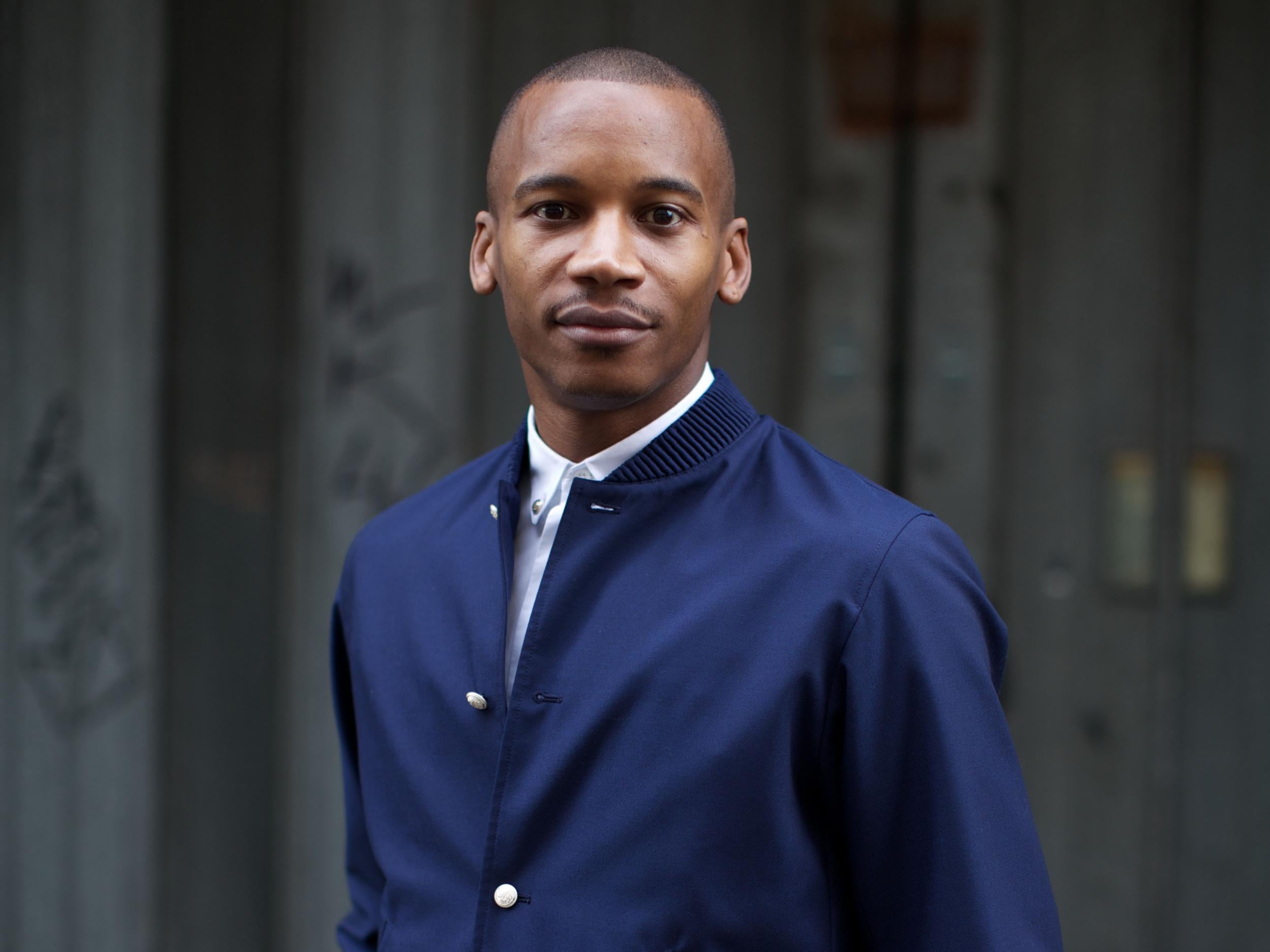
Your support helps us to tell the story
From reproductive rights to climate change to Big Tech, The Independent is on the ground when the story is developing. Whether it's investigating the financials of Elon Musk's pro-Trump PAC or producing our latest documentary, 'The A Word', which shines a light on the American women fighting for reproductive rights, we know how important it is to parse out the facts from the messaging.
At such a critical moment in US history, we need reporters on the ground. Your donation allows us to keep sending journalists to speak to both sides of the story.
The Independent is trusted by Americans across the entire political spectrum. And unlike many other quality news outlets, we choose not to lock Americans out of our reporting and analysis with paywalls. We believe quality journalism should be available to everyone, paid for by those who can afford it.
Your support makes all the difference.The most shocking thing about Eric Underwood, the American-born star of the Royal Ballet in London, is not that he has a potty mouth or a dragon tattoo shooting out of his navel. It is not that he has been photographed frontally nude by David Bailey for a fashion magazine or by Mario Testino mostly unclothed with Kate Moss for Italian Vogue.
It is not that, unlike the dance drones of the Black Swan cinematic cliché, he enjoys an evening at the Box, a raunchy cabaret in London’s Soho, and has been known to gorge on burgers and fries now and then.
All of these are established elements of the 33-year-old’s reputation as an immensely likable if impious outlier in the rigid world of classical ballet. The shocking thing about him is what he does at home.
On those evenings when he is not performing at the Royal Opera House, or on stages around the world, he can often be found on the sofa at his house in Camden conducting one-sided geezer-type arguments with the judges on Strictly Come Dancing.
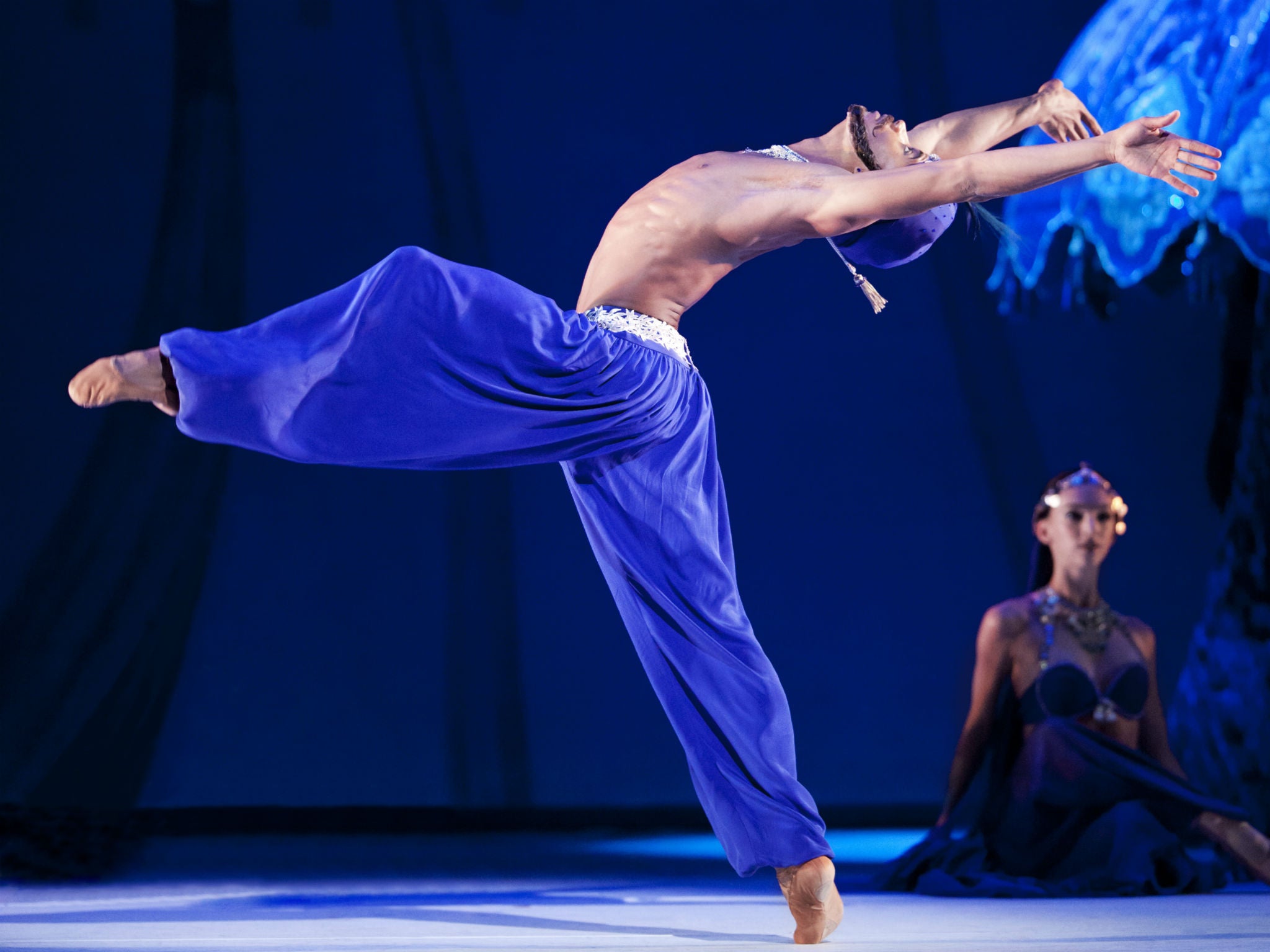
“I’m obsessed,” he says.
So fixated is he, in fact, that he spent a recent morning shopping for shrubs at the Covent Garden Market to build a privacy screen shielding his living room window from a railway line that runs parallel to his house.
“Right now people now can look in at this crazy man yelling at his TV,” he says.
We are seated in a leather banquette in the bar of the Colony Grill Room at the Beaumont Hotel in Mayfair. Both the bar and the hotel are theatrical simulacra of a glamorous Art Deco watering hole and hostelry. They were conjured by the celebrated London restaurateurs Chris Corbin and Jeremy King on a site once occupied by a parking garage. The Beaumont has been one of Underwood’s favourite places ever since he spent a night there, in a suite called Room designed by sculptor Antony Gormley.
Underwood – though muscled, lean, athletic and at 6ft 2in seemingly built for the discipline – fell into ballet as a teenager almost accidentally when, after flubbing an audition for a performing arts school, he spotted a nearby movement class underway and bluffed his way in.
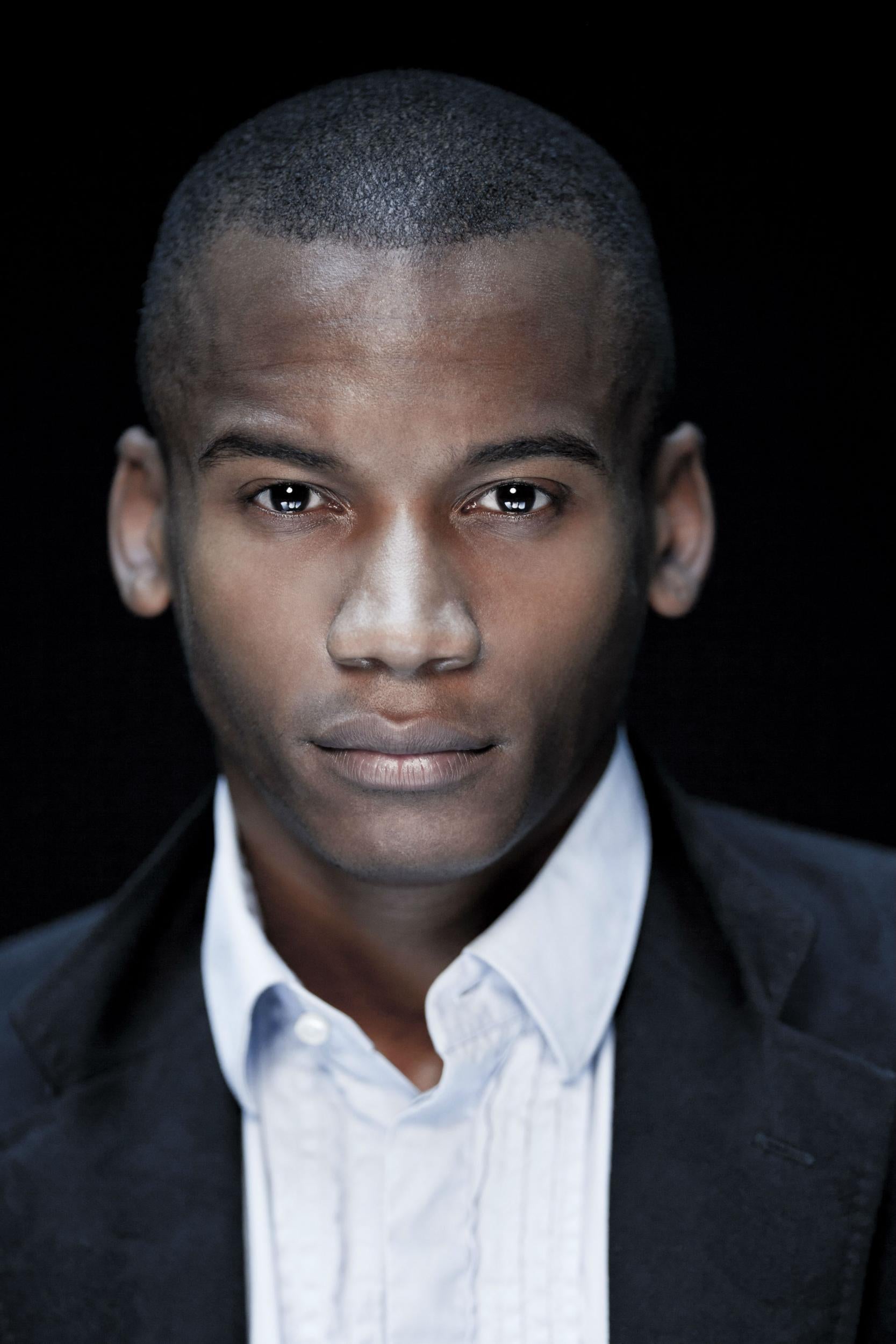
“I didn’t know anything about ballet, but I could already dance,” he says.
The assertion seems needlessly boastful unless you consider how central it is to Underwood’s mission to normalise and demystify his chosen profession. The technical barriers to entry in classical dance are stringent enough to discourage many potential talents from trying. And yet more than mere technique, dance artistry is created from the sum of life experiences, he says.
In his case, that experience notably includes Friday nights spent at home in suburban Maryland, where his mother, a secretary, used to push the furniture against the walls so that she and her three children could dance to Al Green, Teddy Pendergrass and Marvin Gaye.
It was largely a happy childhood, he says. While many accounts of his upbringing have emphasised the hackneyed narrative of escape from the rampant violence and gun crime of a poor neighbourhood near the nation’s capital, that is not altogether how he remembers it.
“Sure, there were gangs at school and there was gunfire, but we were loved and appreciated at home,” he says. “My mother brought us up with that American attitude of ‘You can do anything you want if you work hard enough.’ She had this saying: ‘It’s just an obstacle. Get over it.’”
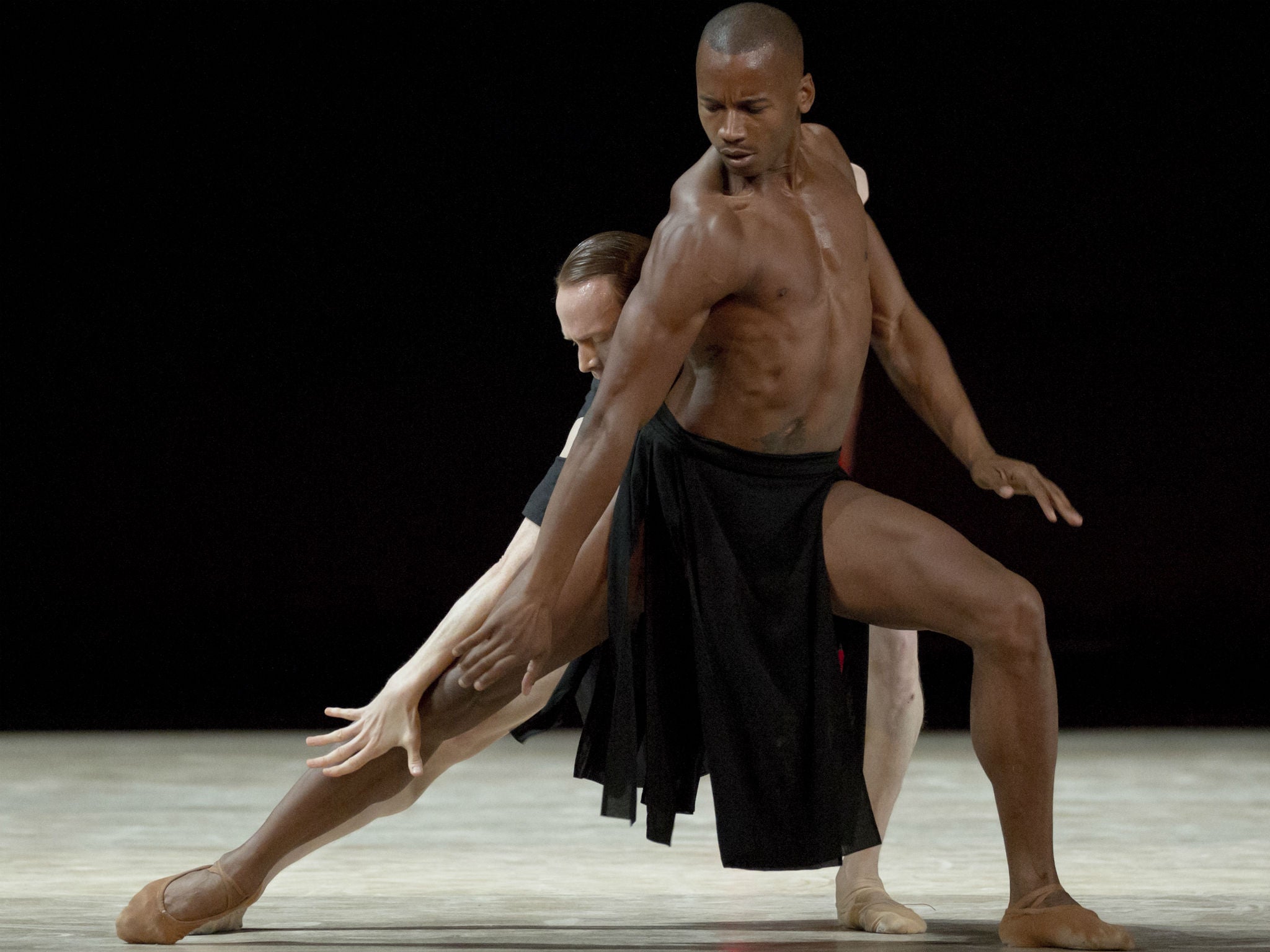
His ascent through the ranks of the classical ballet world, though hardly without obstacles, would be the envy of most in his profession: Early in his teenage training with the ballet teacher Barbara Marks at Suitland High School Centre for Visual and Performing Arts in Maryland, he was awarded a Philip Morris Foundation scholarship to study at the School of American Ballet in New York.
Graduating into the company of the Dance Theatre of Harlem, he was promoted at the end of his first season to soloist, and joined American Ballet Theatre in 2003. Offered a spot as first artist at the Royal Ballet three years later, he relocated to London, and was quickly elevated to soloist, becoming a favourite of choreographers like Christopher Wheeldon and Wayne McGregor.
“I don’t want people to think I’m not grateful,” he says, “but I always had the belief that it will happen because I will make it happen.”
If there is a consistent critical through line in appraisals of Underwood’s work, it is his unbridled joy of movement. “The best times in my dance life are when you are simply witnessing me dancing, rather than me performing for you,” he says.
The often robotic technical proficiency that characterises certain dancers of his generation comes with a cost to artistry, he says: “I have so much more to offer than a jump and a pretty pirouette.”
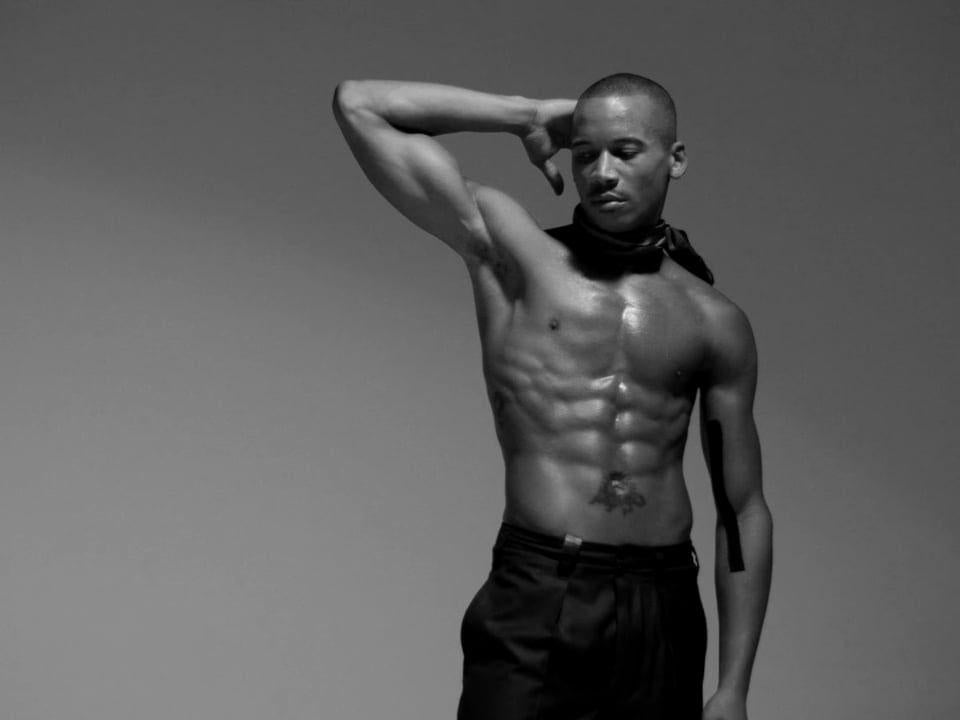
He is an easygoing firebrand who tends to flout convention, a performer magnetic in equal measure to choreographers and the fashion flock, and one whose rise to the rank of soloist has upended a number of stereotypes, not all of them about race.
Likening himself at his best to the passionate and un-self-consciously expressive ballroom children battling for runway supremacy at obscure vogueing contests, or the tango or waltz aficionados whose passion for anachronistic dance styles has gone mainstream thanks to shows like Strictly Come Dancing, he says: “I’m ready for my next phase.”
That phase, he says, involves his goal of being the host of a dance show much like the ones he watches at home, a forum for young people who may have never considered that the elitist world of ballet might give them a chance.
“I never wanted to be the ‘black’ dancer,” he says. “I wanted to be a great dancer. The challenge was that I was not seeing anyone who looked like me.”
Even early in his professional career, he says, something became clear to him: “If I was not going to take Nureyev’s path or Baryshnikov’s path, I was going to have to find a path of my own.”
Eric Underwood will be performing in The Royal Ballet’s production on ‘Alice’s Adventures in Wonderland’ from 27 September
© New York Times
Join our commenting forum
Join thought-provoking conversations, follow other Independent readers and see their replies
Comments